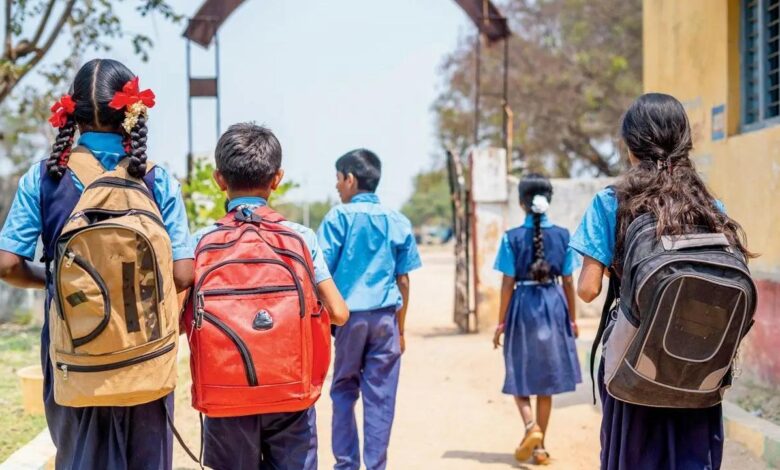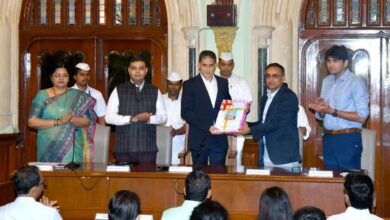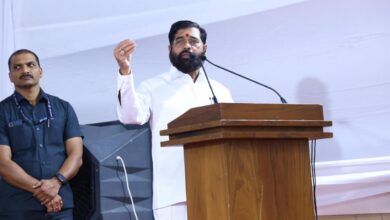Sample size sparks debate over ASER 2025’s accuracy

The Maharashtra School Education Department has raised concerns over the sample size of the Annual Status of Education Report (ASER) 2025, which surveyed only a small fraction of the state`s schools and students.
While the department questions its accuracy, educators and parents argue that the report sheds light on broader issues within the education system. Despite the limited sample, the findings highlight key trends, such as improvements in reading and math proficiency, digital access, and school enrolment, prompting a call for urgent reforms.
The Maharashtra Primary Education Council noted that the ASER survey covered just 872 rural schools—0.81 per cent of the state’s 1,08,144 schools—and 33,746 students, or 0.16 per cent of Maharashtra’s 2.09 crore schoolchildren. The department also flagged discrepancies in digital infrastructure, stating that while ASER claims only 20.4 per cent of students use computers, 72.95 per cent of schools have computer facilities.
The report highlighted a 10.9 per cent rise in reading proficiency in government schools (2022-24) compared to 8.1 per cent in private schools. Math skills improved by 13.1 per cent in government schools and 11.5 per cent in private ones, placing Maharashtra among the top five states in mathematical proficiency growth for third-grade students.
“Government school reading proficiency improved by 10.9 per cent between 2022 and 2024,” the statement reads, adding that 98 per cent of children aged 15-16 are enrolled in school, and the state`s out-of-school children rate is just 0.4 per cent, much lower than the national average of 1.9 per cent.
The department also highlighted that 94.2 per cent of students aged 14-16 have access to smartphones at home, and 63.3 per cent use them for educational purposes. Enrolment in pre-primary education has increased from 93.9 per cent in 2022 to 95 per cent in 2024.
The Maharashtra School Education Department has reiterated that while ASER surveys offer valuable insights, their findings must be interpreted cautiously due to their limited scope. “With less than 1 per cent of the total schools surveyed and a very small fraction of students covered, the department believes that broader datasets, such as those from U-DISE, provide a more accurate representation,” it stated.
An official emphasised that Maharashtra has made significant progress in school infrastructure and learning outcomes, but a more extensive survey framework is needed for a holistic evaluation. “The purpose of the statement is not to declare whether the report is correct or incorrect. Only the negative points were highlighted in the media. In reality, as per U-DISE records, the current status of the state has been comparatively presented,” the official told mid-day.
Despite this, Pratham has yet to respond. The ASER Maharashtra report is expected to be released soon by Chief Minister Devendra Fadnavis.
Mahendra Ganpule, spokesperson for the Maharashtra School Principals` Association, defended ASER`s reliability, saying, “Pratham reports are highly reliable as they assess data at the grassroots level. Instead of focusing on the sample size, the department should address the issues highlighted in the report, like the burden of non-academic work on teachers.”
Parent Shireesh Page added, “The sample size is not the issue; it represents a larger trend that helps rural schools improve.”
Source link




